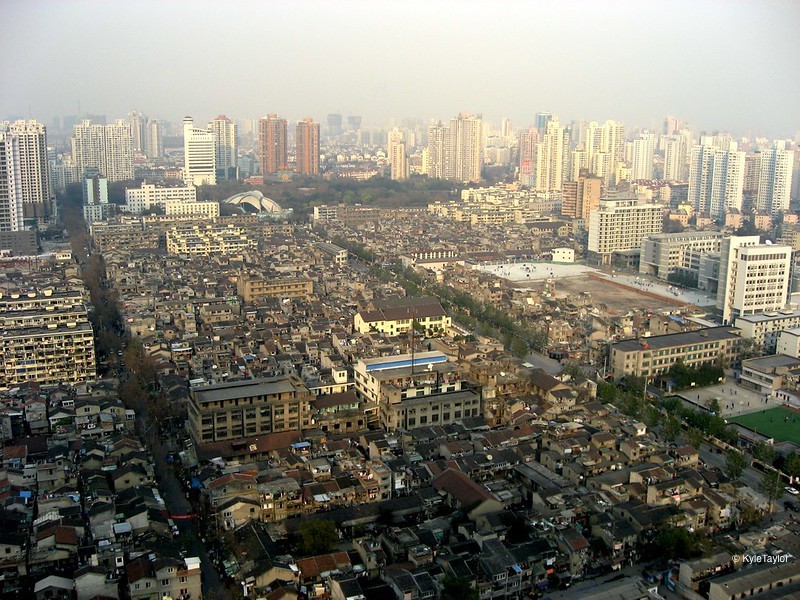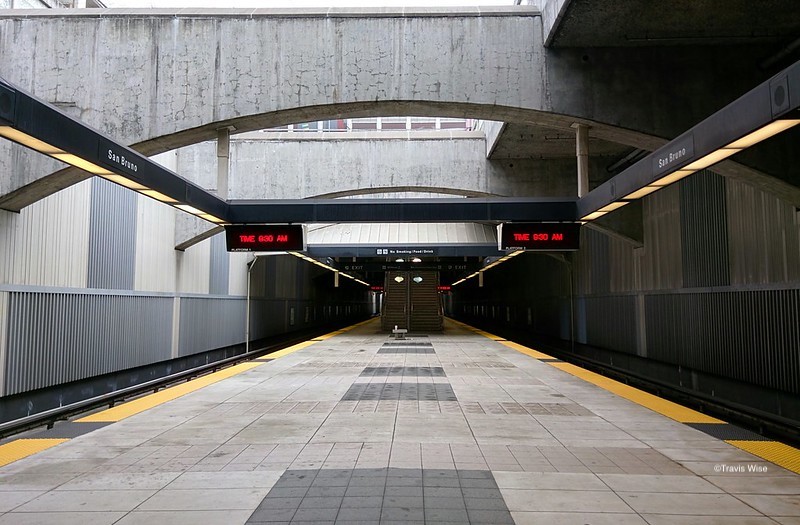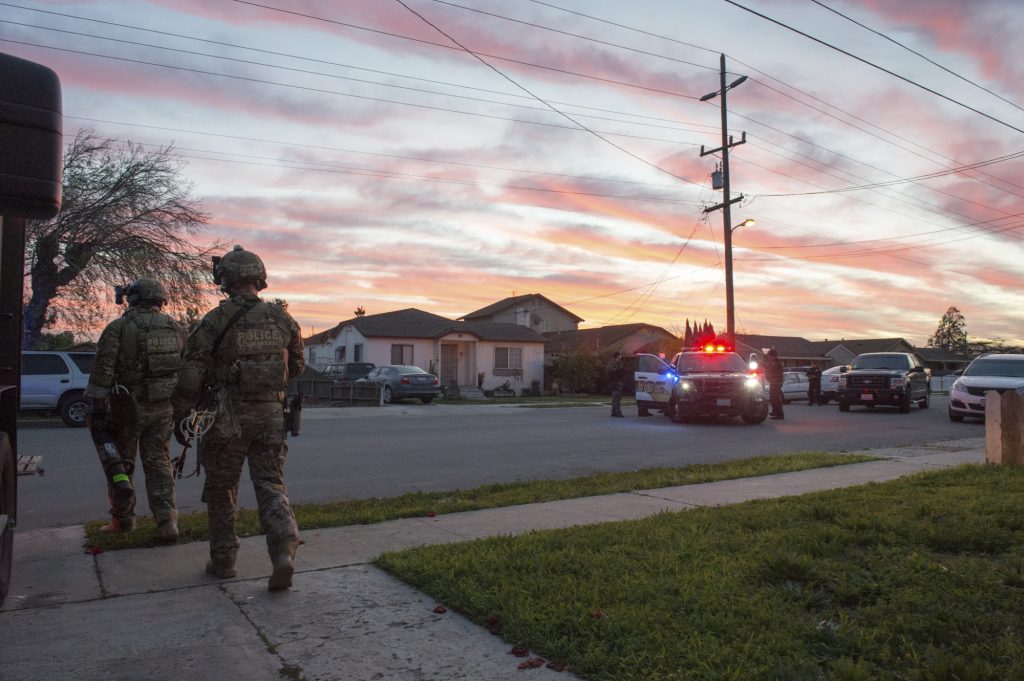California pols push urbanism, as people flee cities
Since the 1970s, California policy makers have embarked on a land-use strategy designed to promote “urbanism” – the idea that we all ought to live in dense housing developments, that suburban sprawl should be limited by government planning restrictions, and rural land should be protected for farming and open space.
During his first stint as governor, Jerry Brown oversaw a report called, “An Urban Strategy for California.” In it, the state detailed a policy we’ve seen play out in the ensuing decades. The goal was to “create a more compact urban environment” and curb “wasteful urban sprawl” by focusing new construction in “existing cities and suburbs.”
Like all central plans, this one has yielded unforeseen consequences. The year of that report, the median home price in California was around $70,000 and is now $834,000. By contrast, the national median price rose from $56,000 to $350,000. Recent state reports blame soaring costs on a simple supply and demand issue – the chronic underbuilding of new homes.
The official state urbanism strategy – blocking the construction of new suburban developments, tying up vast tracts of undeveloped land as permanent open space, shoehorning most new construction into the existing urban footprint, and enabling environmental lawsuits against new projects – has made it too costly for builders to meet burgeoning demand.
For all the state government’s focus on the importance of cities, policymakers have done a horrific job actually running those cities. Despite their enormous budgets, big and bureaucratic, union-controlled schools systems – such as Los Angeles Unified, which spends more than $24,000 a year per student – have done poorly educating their residents’ children.
The same progressives who claim to care the most about public education, seem least willing to acknowledge these urban school systems’ failures – or to support policies (e.g., charter schools) that can boost education outcomes. More people would be willing to move into an urban environment if they could, you know, send their kids to decent schools.
They also seem unmoved by growing crime problems in big cities. It’s true, as Jason McGahan wrote recently in LA Magazine, that the crime data doesn’t entirely fit the conservative narrative blaming soft-on-crime DAs in liberal cities – but that’s thin gruel for urban dwellers who feel unsafe as violent crime rates soar and brazen flash mobs loot stores in downtown areas.
And don’t get me started about the failure of the state’s urban transportation philosophy, which seems more interested in changing the way we get around than designing systems that allow us to get around as we choose. How about this novel idea for planners — spend more time improving the creaking, dirty urban transit systems and less time coercing suburbanites into abandoning their cars?
Fortunately, the state government is at least trying to address the state’s housing problems by making it easier to build new projects on a “by right” basis – although such laudable efforts largely are limited to higher-density developments rather than single-family homes.
Is it any surprise, then, that Californians are voting with their feet and fleeing the state’s largest cities? The latest Census data show that California cities saw large drops in population during the COVID-19 pandemic. San Francisco lost a whopping 6.7 percent of its population, the second-largest percentage drop after New York. Los Angeles County’s population dropped by only 1 percent, but given its size that’s more than 184,000 people.
With soaring home prices, new work-at-home flexibility that allows people to live farther from their jobs and the misery of draconian shutdowns in cities, it’s easy to see why COVID had driven people to the hinterlands. San Francisco is an entertaining and beautiful place, but why put up with its indignities when you can’t even leave your tiny apartment? But there’s more at work here than the pandemic.
As a state, California’s population has fallen for the first time in memory, but the most fascinating numbers involve intrastate moves. “Despite suggestions of a California exodus to other states in recent months, most who leave that region do not move far, though many Sierra counties saw a large influx of migrants from San Francisco compared with 2019,” the Los Angeles Times reported.
I live in Sacramento County and see those trends all around me, as neighbors increasingly move in from urbanized parts of the Bay Area. In Southern California, people are leaving Los Angeles and heading east. For instance, as LA County lost enough residents to populate a mid-sized city, “the Inland Empire added 47,601 people in the year ended July 2021, the fifth-biggest gain among the 50 largest metro areas,” according to the Mercury News.
Despite a 50-year government campaign to urbanize our society, more Californians are choosing to live in smoggy, hot unexciting and suburban inland areas far from the beach rather than put up with the high prices, fraying social fabric and congestion of our destination metropolises. Few of the state’s fastest-growing cities are urban in the traditional sense.
I love cities, but if the state’s policymakers want to promote urbanism, they need to look at their own failed policies and grapple with the reasons fewer people want to live in them.
Steven Greenhut is director of the Free Cities Center. This column was republished by permission of The Orange County Register.





